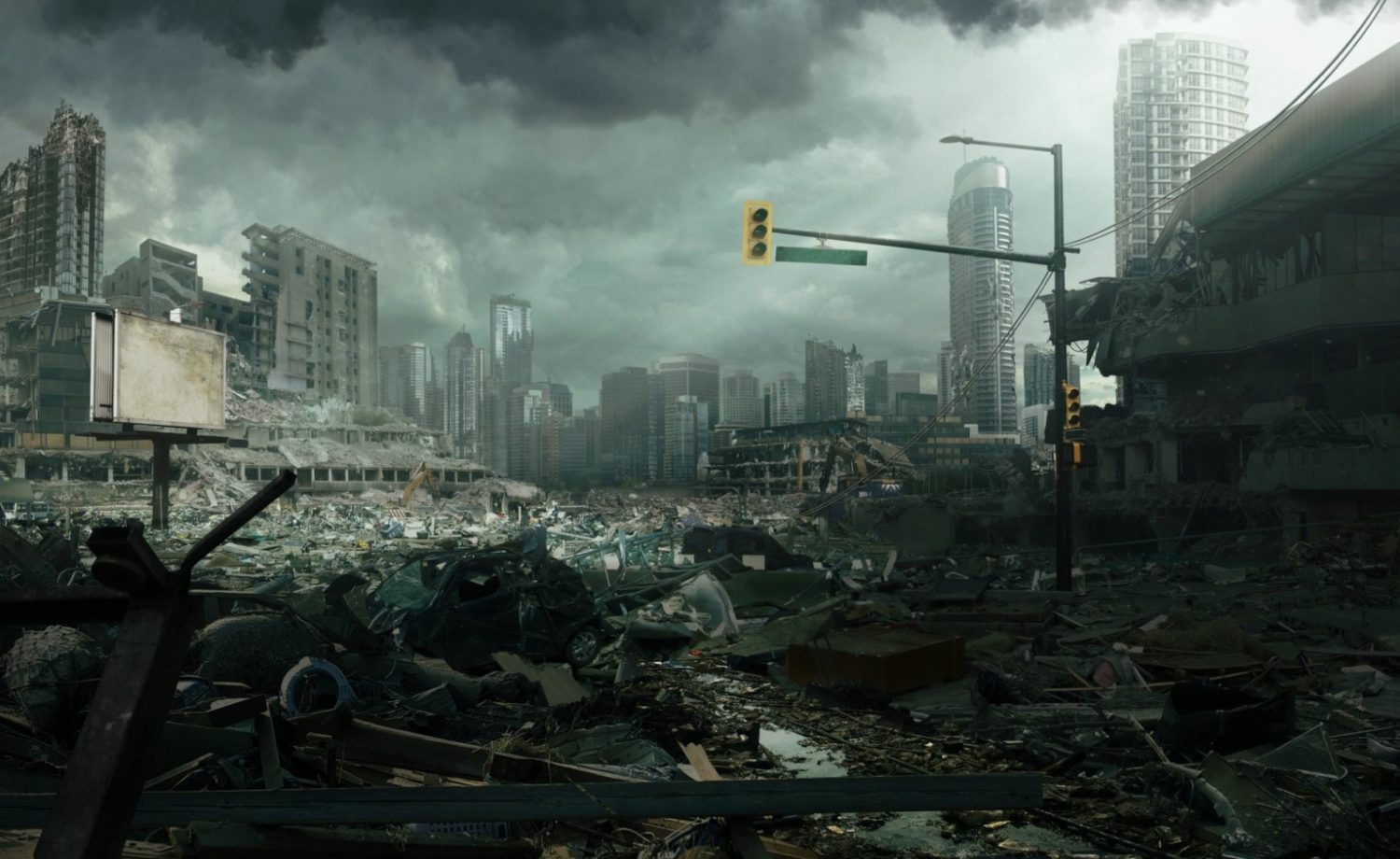For a number of years, a photo has been circulating on the internet with the caption:
“A father captured an image of his daughter playing in the living room. The photograph reveals a ghostly, crawling energy in front of her, seemingly visible to the child as well. Is it possible that it is the spirit of her mother who passed away?”
Here Is The Photo

So was a deceased mother caught on camera playing with her daughter?
It appears that the child is gazing toward the location of the strange entity. Additionally, it’s not uncommon for people to crouch down to a child’s level, on hands and knees, when interacting with them, and the anomaly appears to be doing just that.
It appears as though there may be some interaction happening. At least, that’s how it looks. Do you believe that this is a genuine photograph of a ghost, possibly the child’s deceased mother?
However, some people have pointed out that the “ghostly light” may be nothing more than a smudge on a negative or a reflection of light from a glossy photo print back onto a camera or scanner.
Unfortunately, there is very little information available about this specific photo. It often appears on lists of “creepiest photos” without any additional context or details, besides the caption. It is also unclear whether this photo has been manipulated through photo editing software.
Could it be just our brains interpreting things as looking like a ghostly human called pareidolia?
Pareidolia is the tendency to perceive a stimulus, such as a pattern or image, as something known to the observer, when it is not actually present. This can include seeing shapes in clouds, faces in inanimate objects or patterns, or hearing hidden messages in music. It is a type of cognitive bias and a subcategory of apophenia, which is the perception of patterns or connections in random or meaningless data.

Frequent examples of Pareidolia include seeing animals, faces, or objects in cloud formations, the “Man in the Moon”, the “Moon rabbit” and other similar perceptions on the lunar surface.



